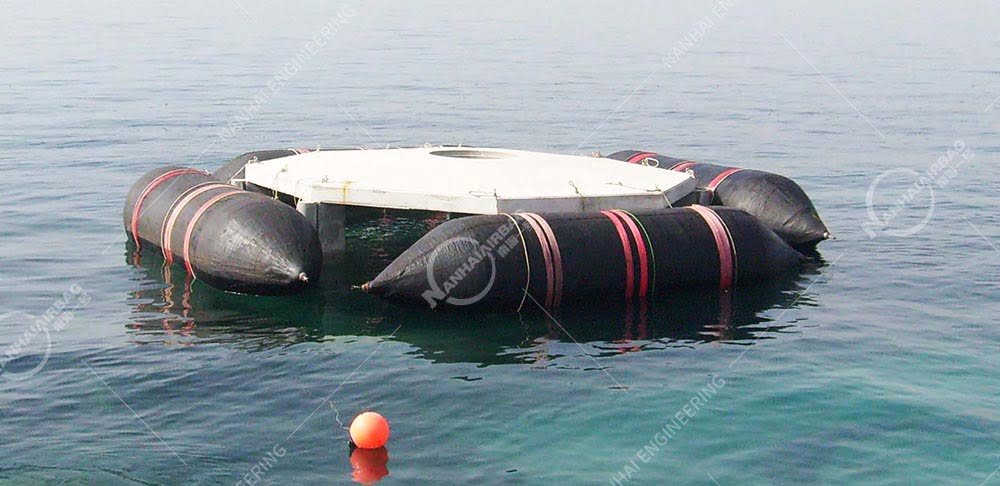Ship Launching Airbags Safety Tips
07/02/2025The Best Materials for Salvage Airbags
07/03/2025How to Choose the Right Floating Airbags for Your Project
Why This Matters Now
Imagine you’re preparing to launch a 5000-ton vessel or salvaging a damaged structure near the coast. If your floating airbags are the wrong size, lack enough buoyancy, or are made from subpar materials, your project is at risk of delay, damage—or worse, failure.
That’s why choosing the right marine airbags is not just technical—it’s urgent.
At NANHAI, we’ve seen clients save both time and cost by simply using well-matched airbags. In contrast, others have suffered ruptures, imbalance, or insufficient lift due to improper selection.

Key Factors When Choosing Marine (Floating) Airbags
1. Define Your Project Goals and Load Type
Are you launching a vessel, lifting sunken equipment, or stabilizing a floating dock?
Each application requires different airbag characteristics in terms of size, layers, and inflation systems.
2. Choose the Right Diameter and Length
- Diameter affects buoyancy and height. Larger diameters support heavier loads.
- Length should typically exceed the width of your vessel or load.
Always add a 10–20% safety margin to your buoyancy calculations.
3. Select Durable, Marine-Grade Materials
High-quality rubber with multi-layer synthetic tire cord is standard. For extreme environments, TPU-coated fabrics and aramid reinforcements provide exceptional durability and puncture resistance.
4. Match Pressure Rating to Water Depth
Most marine airbags operate at 0.1–0.25 MPa. This allows safe use at depths up to 25 meters. Projects at greater depths require custom high-pressure airbags.
5. Determine Quantity and Layout
You need enough airbags to distribute the load safely. Improper arrangement can cause tilting or collapse.
Use straps, shackles, and manifolds to maintain balance and uniform inflation.
FAQ
How deep can marine airbags be used?
Most marine airbags operate safely up to 25 meters underwater at 0.25 MPa pressure. For deeper operations, high-pressure, multi-layer airbags should be used.
Are floating airbags reusable?
Yes. NANHAI’s marine airbags are made with tough, multi-layer rubber or TPU fabric, allowing for repeated use with proper care and patch repair if needed.
How do I inflate multiple airbags evenly?
Use manifold systems or synchronized air pumps to control airflow to all airbags simultaneously. This ensures balanced inflation and avoids tilting.
What safety factor should straps have when using airbags?
Straps should have at least a 6:1 safety factor relative to the working buoyancy force. This ensures secure and even load transfer.
Can airbags damage a vessel hull?
No. Floating airbags are flexible and deform under pressure, minimizing risk to the hull. Proper placement and smooth surface conditions further reduce damage risk.
Why Work With NANHAI?
At NANHAI, we don’t just sell marine airbags—we design safe, customized solutions.
- Custom sizes & pressure ratings
- TPU or rubber options with aramid reinforcement
- On-site and remote technical guidance
- Full accessory kits: manifolds, straps, pumps
- Strict quality inspection before delivery
Your Next Steps
- Define your load, purpose, and water depth.
- Contact NANHAI for a customized recommendation.
- Get professional support for layout, inflation, and safety.
Final Thoughts
Choosing the right floating airbags means more than buying rubber tubes. It’s about ensuring safety, improving efficiency, and avoiding costly failures.
With NANHAI’s experience and marine-grade products, you can be confident in every step of your ship launching or salvage operation.
